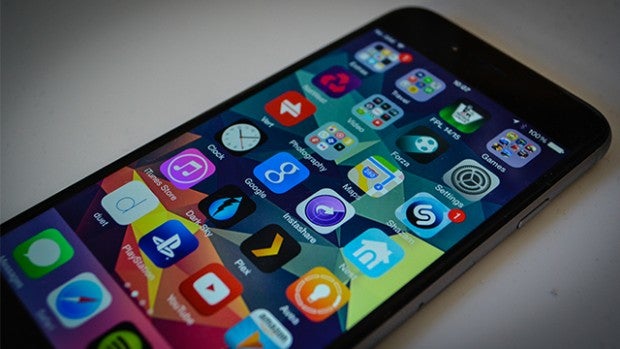Apple explains Wi-Fi Assist, the controversial iOS 9 feature

When Apple announced its new Wi-Fi Assist feature with iOS 9, it sparked plenty of controversy.
In response, the Cupertino-based tech giant has released a support page clarifying exactly how the feature works.
“With Wi-Fi Assist, you can stay connected to the internet even if you have a poor Wi-Fi connection,” explains Apple. “Because you’ll stay connected to the internet over cellular when you have a poor Wi-Fi connection, you might use more cellular data.”
The original complaints began because users on contracts with data-caps were concerned that being forced off Wi-Fi could see them hit with over-usage charges.
It caused especial concern because Apple activates the feature by default on iOS 9 devices.
The new page clarifies three key details:
- Wi-Fi Assist won’t automatically switch to cellular if you’re data roaming
- Wi-Fi Assist only works when you have apps running in the foreground. It doesn’t activate with background download of content
- Wi-Fi doesn’t activate with certain third-party apps that stream audio or video, or download attachments, like an e-mail app, as they might use large amounts of data
Apple also points out that the Wi-Fi Assist feature is completely optional, although you’ll need to turn it off in the settings yourself.
You’ll find that option by heading into Settings > Cellular, and then scrolling down to Wi-Fi Assist.
Related: iPhone 6S review
Wi-Fi Assist is available on any Apple device running iOS 9 or later, except for the following: iPhone 4S, iPad 2 Wi-Fi + Cellular, iPad (3rd-gen) Wi-Fi + Cellular, and iPad Mini (1st-gen) Wi-Fi + Cellular.
Do you think Apple should still keep the feature enabled by default? Let us know in the comments.
Check out our iOS 9 features video below:


